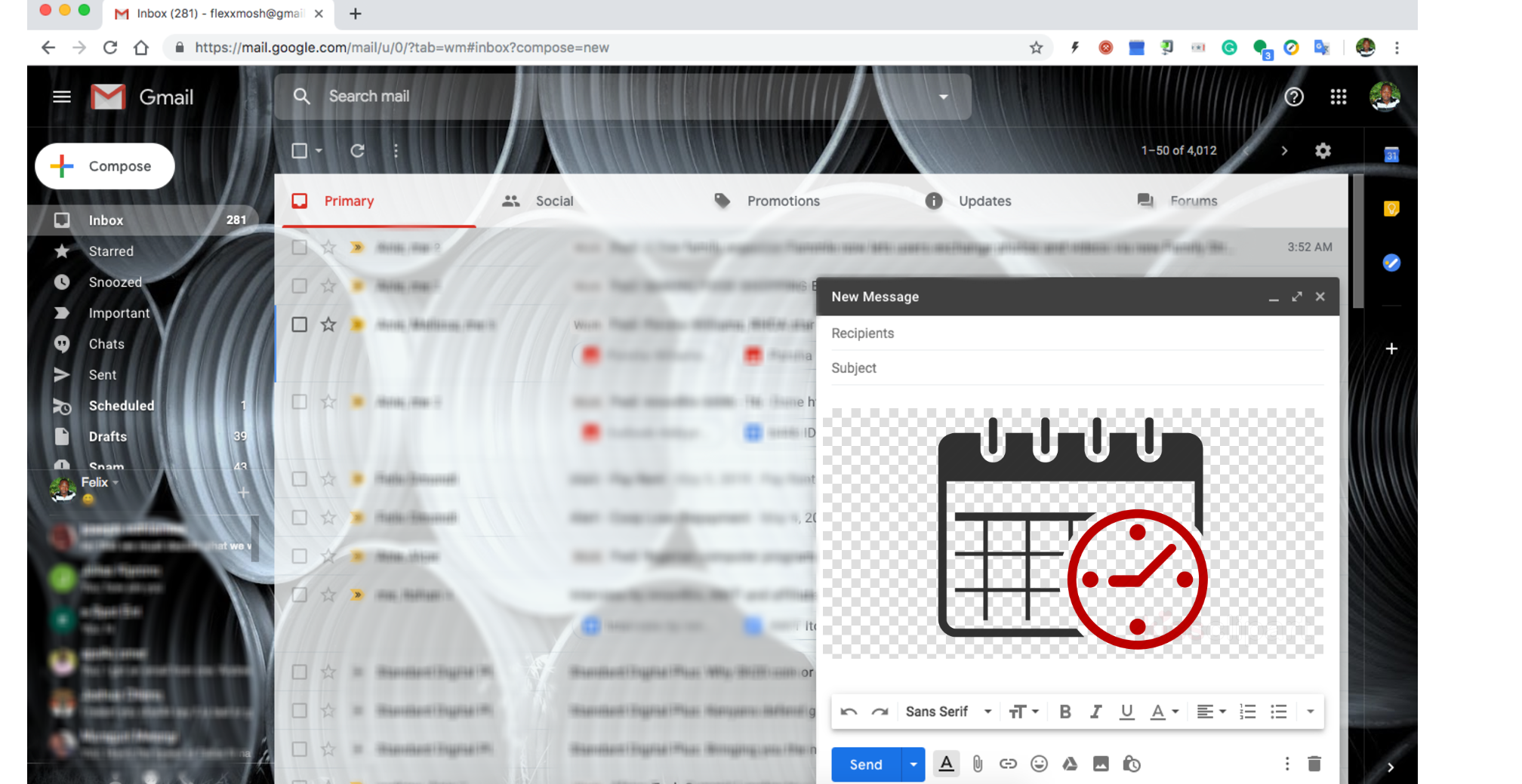Email marketing is like the Swiss Army knife of digital marketing tools—versatile, handy, and, if used correctly, pretty darn effective. Yet, it’s also surrounded by a cloud of myths that are about as useful as a screen door on a submarine. Let’s cut through the nonsense and get to the truth about what really works in email marketing. Prepare for some myth-busting with a side of humor!
Myth 1: “People Hate Getting Emails!”
Let’s start with the biggest myth in email marketing: “Nobody wants to receive emails.” If this were true, every inbox would be as empty as a fridge the day before payday. But here’s the reality—people actually like getting emails, as long as they’re relevant, engaging, and not trying to sell them something ridiculous like glow-in-the-dark socks for cats.
Data says that email marketing has an average ROI of 42:1, which means that for every dollar you spend, you could earn $42 back. That’s better odds than you’ll find in Vegas! So, it’s not that people hate emails—they just hate bad emails. If you’re sending out well-crafted, personalized content, your audience is more likely to engage with it. The key is to be relevant, not annoying.
Myth 2: “The Best Time to Send Emails Is [Insert Random Time Here]”
Ever heard the advice that you should send emails on Tuesdays at 10 AM sharp because it’s supposedly the golden hour for open rates? Well, that’s like saying the best time to eat pizza is only on Friday nights. (Pro tip: pizza is always good, and so are well-timed emails.)
The truth is, there’s no one-size-fits-all answer for the best time to send emails. It depends on your audience, their habits, and their time zones. Some folks might open emails on their morning commute, while others catch up on their inbox during late-night Netflix binges.
So, instead of sticking to a mythical “perfect time,” test different times and days to see when your audience is most engaged. Use tools like A/B testing to experiment and find your sweet spot. Data doesn’t lie—track your results and adjust accordingly.
Myth 3: “More Emails = More Success”
This myth is like thinking if you keep knocking on the door, eventually someone will let you in. Spoiler alert: they won’t—they’ll just get annoyed. Sending too many emails is a surefire way to land in the spam folder or, worse, get your subscribers to hit that dreaded “unsubscribe” button.
The reality is, quality beats quantity every time. Focus on crafting fewer, high-quality emails that offer real value to your subscribers. Whether it’s an informative newsletter, a limited-time offer, or a funny cat meme (hey, whatever works), make sure each email has a purpose.
Segmentation is your friend here. Instead of blasting your entire list with every email, segment your audience based on their preferences, behaviors, or demographics. This way, you’re sending the right message to the right people at the right time, and not just yelling into the void.
Myth 4: “The Subject Line Isn’t That Important”
Oh, how wrong this one is! The subject line is the email’s first impression—the headline that convinces someone to open your email or toss it into the trash. It’s like the pick-up line of the digital world, and yes, it matters.
Data shows that 47% of email recipients open an email based on the subject line alone. That’s almost half your audience deciding whether to engage with your content or ignore it entirely based on a few words. So, make those words count!
Keep your subject lines short, snappy, and relevant. Personalization works wonders—use the recipient’s name or reference something specific to them. And don’t be afraid to get creative or even a little playful. Just steer clear of spammy words like “FREE!!!” or “ACT NOW!!!” because nothing says “delete” faster than a subject line that screams desperation.
Myth 5: “Open Rates Are the Only Metric That Matters”
Sure, getting someone to open your email is important, but it’s not the endgame. Open rates are like getting people to walk through the door; what really matters is what they do once they’re inside. Enter click-through rates (CTR), the real measure of your email’s effectiveness.
A high open rate paired with a low CTR means your subject line is working, but your content isn’t. Maybe your call to action (CTA) is buried, or perhaps your message isn’t resonating. To boost your CTR, make sure your email content is clear, compelling, and focused on a single goal. Use buttons, not just hyperlinks, for your CTAs—they’re more eye-catching and easier to tap on mobile devices.
Debunking for Better Email Marketing
There you have it—some of the biggest myths in email marketing, debunked. The truth is, successful email marketing is all about understanding your audience, experimenting with what works, and delivering value every time. Forget the myths and focus on data-driven strategies, creative content, and a dash of humor. After all, the best email marketing campaigns are the ones that make people smile, click, and most importantly, stay subscribed!



